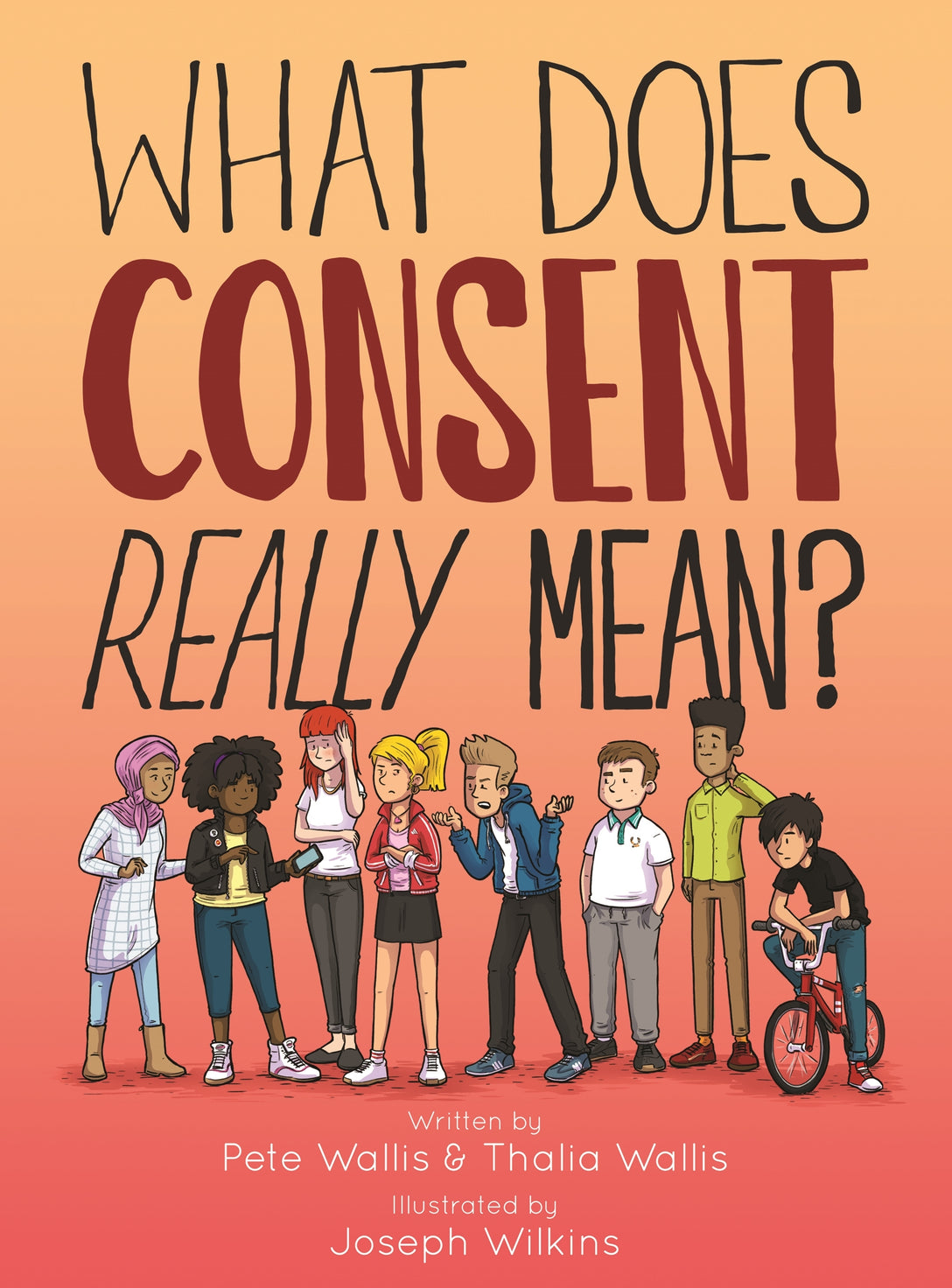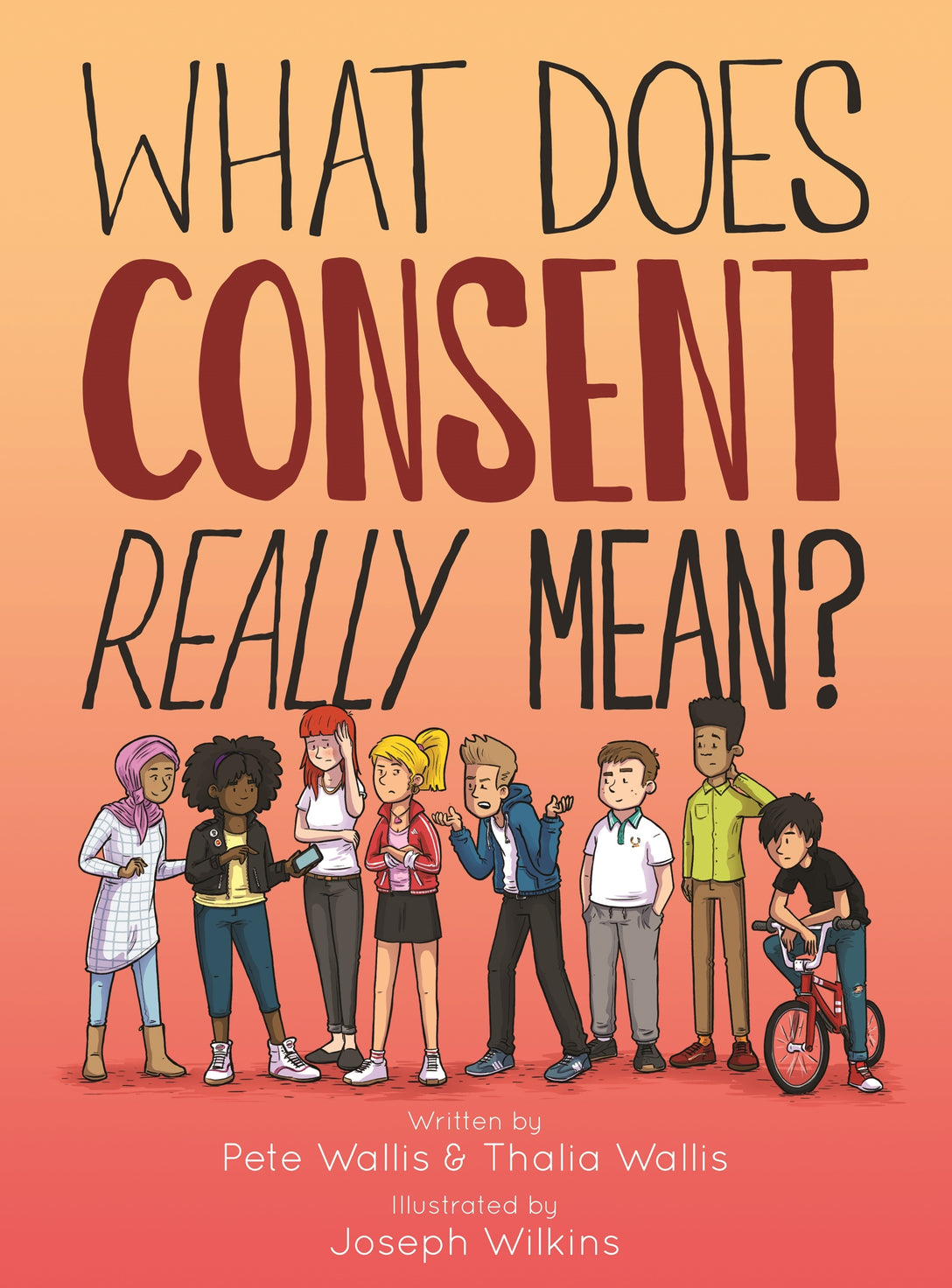1
/
of
0
What Does Consent Really Mean?
Regular price
$19.95
Regular price
Sale price
$19.95
Unit price
/
per
We we're unable to submit your request, please try again later.
Thank you. An email will be sent when this product is back in stock.
Invalid email entered
"Consent is not the absence of 'NO', it is an enthusiastic YES!!"
While seemingly straightforward, Tia and Bryony hadn't considered this subject too seriously until it comes up in conversation with their friends and they realise just how important it is.
Following the sexual assault of a classmate, a group of teenage girls find themselves discussing the term consent, what it actually means for them in their current relationships, and how they act and make decisions with peer influence. Joined by their male friends who offer another perspective, this rich graphic novel uncovers the need for more informed conversations with young people around consent and healthy relationships. Accompanying the graphics are sexual health resources for students and teachers, which make this a perfect tool for broaching the subject with teens.
While seemingly straightforward, Tia and Bryony hadn't considered this subject too seriously until it comes up in conversation with their friends and they realise just how important it is.
Following the sexual assault of a classmate, a group of teenage girls find themselves discussing the term consent, what it actually means for them in their current relationships, and how they act and make decisions with peer influence. Joined by their male friends who offer another perspective, this rich graphic novel uncovers the need for more informed conversations with young people around consent and healthy relationships. Accompanying the graphics are sexual health resources for students and teachers, which make this a perfect tool for broaching the subject with teens.
- Published: Oct 10 2024
- 228 x 168mm
- ISBN: 9781805018568



